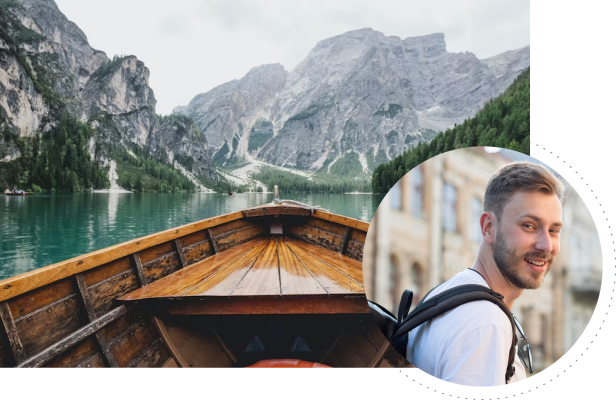SUGGESTED LENGTH OF STAY
Namibia is a huge country; you could easily lose yourself for three or more weeks. Below are our suggested lengths of stay in the key areas.
Windhoek 1 night, Sossusvlei 2-3 nights, Damaraland 2-3 nights, Skeleton Coast 2-3 nights, Etosha National Park 2-3 nights
Modes of transport
Road
Namibia is a safe destination with a wide network of well-maintained and established roads. The speed limit is usually 60 kilometres per hour in built-up areas, 70 kilometres per hour on gravel roads and 120 kilometres per hour on major tar roads. In Namibia, one drives on the left-hand side of the road, and you must present a valid driver’s license with a photo in English. If not, an International driver’s license will be required.
Air
From Australia, you will fly into O.R. Tambo Airport in South Africa before transferring to Namibia.
There are direct flights between Johannesburg and Windhoek.
Regular flights from Johannesburg to Windhoek can be booked with South African Airways or Air Namibia.
Scheduled light aircraft depart from Windhoek and fly into several National Parks and Game Reserves.
Climate
Namibia’s climate is generally very dry and pleasant. The cold Benguella current keeps the coast cool, damp and free of rain for most of the year.
Summer – Late October to April brings much-needed rainfall to Namibia with late afternoon thundery showers. Temperatures during the day can exceed 40ºC (104ºF), but nights are usually cool.
Winter – May to September is a desired time to visit Namibia, with much cooler temperatures at night and warm sunny days.
Food
Food at restaurants tends to be European, with a nod towards German dishes. Thanks to the cool Benguela current that flows past the Skeleton Coast, Namibia boasts some of the finest seafood.
Outdoor cooking is an integral part of the Namibian way of life. Traditional braaivleis (meat barbeque) is a hearty meal, as is potjiekos, a spicy stew of meat, chicken and fish cooked in a cast iron, three-legged pot over an open fire.
Drinking water
Water is safe to drink throughout the majority of Namibia. When visiting remote areas it is advisable to use purification tablets or drink bottled mineral water. Plenty of water must be drunk to prevent dehydration.
Visas
Australian citizens do not require a visa for stays up to 90 days. Oasis accepts no responsibility regarding the issue of visas.
Money
The local currency is the Namibian Dollar, which is pegged to the South African Rand. The South African Rand is legal tender in Namibia which makes changing money prior to arrival much easier for visitors as it is very difficult to obtain before arrival. USD, Euro and Pounds sterling can easily be exchanged throughout the country. MasterCard and Visa are usually accepted throughout Namibia, but Diner’s Club and American Express are not. Fuel can be purchased with credit cards, but cash is still the preferred method of payment. In the more remote areas they might not have credit card machines either.
Inoculations & health precautions
Some safari camps are situated in malaria-risk areas; having good medical insurance before travelling is vital.
Consulate Assistance
Australian Consulate, Windhoek
56 Chalcedoon Street
Windhoek, Namibia
Telephone +264 61 300 194 / +264 81 283 4629
Facsimile +264 88 640002
Email
australian.consulate.namibia@gmail.com
Electricity
Voltage: 220-240 Volts
South Africa
Getting there
Qantas is the main International airline that departs from Australia.
Non-stop flight time Sydney – Johannesburg approximately 14 hours
Non-stop flight time Johannesburg – Windhoek approximately 2 hours
Time difference GMT – +2 hours (summer); +1 hour GMT (winter)
Tipping Guideline
Guide – USD$10 per person per day
Camp Staff – USD$5 per person per day
10% Restaurant bills.

Ready to discuss your trip to Namibia?
Speak to one of our travel specialists and we’ll create your personalised itinerary just for you.
